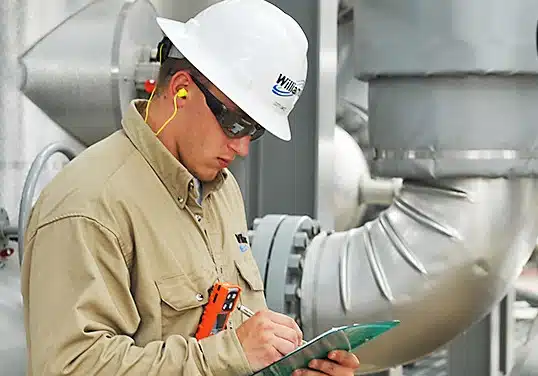WPS is a detailed, step-by-step guide that welders follow to ensure that the welds they create meet specific quality standards.
Welding Process
This specifies the type of welding process to be used, such as:
- SMAW (Shielded Metal Arc Welding)
- GMAW (Gas Metal Arc Welding)
- TIG (Tungsten Inert Gas Welding)
Base Materials
This details the types of metals being welded. For example, it could specify carbon steel or stainless steel.
Filler Materials
This includes information about the welding rod or wire used to fill the joint.
Positions
The position in which the welding will be done is specified, such as:
- Flat position (welding done on a horizontal surface)
- Vertical position (welding done up or down a vertical surface)
- Overhead position (welding done from underneath the workpiece)
Preheat and Interpass Temperature
These are the temperatures to which the base material must be heated before welding and maintained during welding.
Electrical Characteristics
Details like:
- Voltage
- Amperage
- Travel speed (how fast the welding torch or rod moves)
Shielding Gas
If used, this specifies the type of gas (like argon or carbon dioxide) to protect the weld from contaminants.
Joint Design
This shows the shape and dimensions of the weld joint, including:
- Butt joint
- T-joint
- Lap joint
Welding Technique
Instructions on how to actually perform the weld, such as:
- Stringer bead (a straight weld bead)
- Weave bead (a zigzag pattern)
Imagine a simple drawing like this:
\ /
\______/ <-- Weld Joint
/ \• The two slanted lines coming together represent the pieces of metal to be welded.
• The gap between them is where the weld material (filler) goes to join the metals.
#Weldprocess #welding #standards

